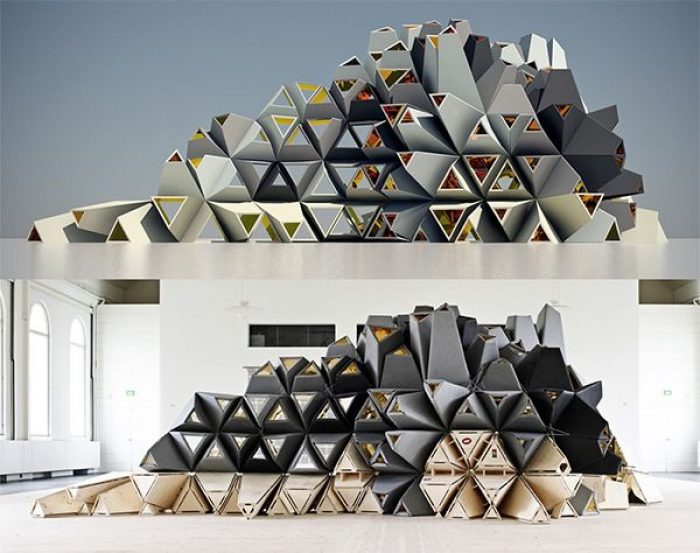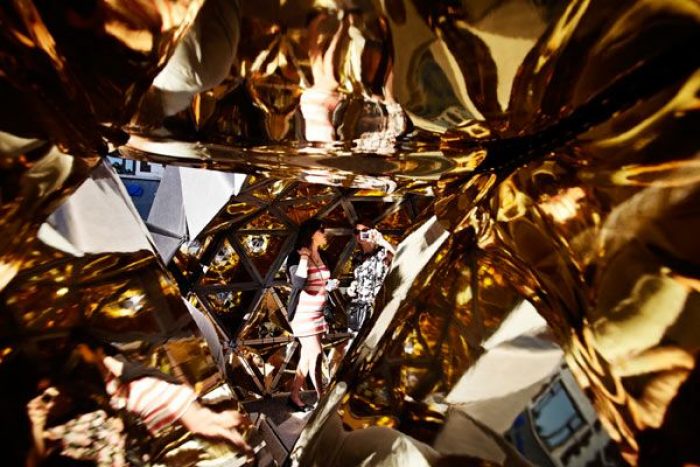“Project Distortion” is an parametric installation exhibited during the Copenhagen Distortion Festival at Pumpehuset in 2010, the pavilion mixes light, sound, space and infinitely altered reflections into a fantastical reality. The project is a result of teaching-based research collaboration between CITA, Department 8 at the Royal Danish Academy of Fine Arts, School of Architecture, Copenhagen and the Rensselaer Polytechnic Institute, New York. The project description from CITA is coming after the jump.
Project Distortion
The digitally fabricated, reconfigurable, mobile pavilion is made up of over 151 individually tuned sound and light cones cut from acoustic absorbing material. Focusing on acoustic and visual performance and its interaction with the inhabitant—recombinatory geometries, parametric design strategies and physics-based simulation techniques give architectural expression to the Dionysian experience of the City Music Festival. Splashing curious fragments of light onto the ground and its surroundings, the mobile installation visited four music venues during the festival taking center stage outdoors, in a small nightclub, on the street and in a crowded lobby. During the all-night parties, visitors could inhabit the structure that revealed a kaleidoscopic golden surface reflecting movement, light, sound and colour.
Project Distortion focuses on several key areas: performance-driven design, digital design tools and digital fabrication. The result of the project is the fabrication and installation of a 1:1 structure. The project is part of a wider research agenda into how to design when analysis, design and fabrication are tightly interwoven.
The pavillions structure is based on the behaviour of textiles. Here shape is generated within a defined matrix through folding and crumbling. This allows for the textile to adopt to different situations. The distortion project makes use of this as this allows the adoption to the festivals different sites. yet the fabrication of the pavillion needed precise data. Therfor the team used a physics engine to simulate the behavior of the structures underlying hinged equilateral triangles. A digital environment was created where the influence of gravity and the textiles crumbling can be directly obserevd in the design process. this was driven by parameters of space, accoustic performance and social interaction. The resulting digital geometrical definition was used to control the digital fabrication process.
Collaborators:
CITA (Martin Tamke, Brady Peters, Anders Holden Deleuran)
Department 8 (Niels Andersen, Ali Tabatabai)
Rensselaer Polytechnic Institute (RPI) New York (Reese Campbell , Demetrios Comodromos)
Krydsrum Arkitekter (Niels Andersen)
Method Design (Reese Campbell , Demetrios Comodromos)
The studio furthermore included a highly motivated group of international students from respectively Department 8 at Karch, Copenhagen and from the Rensselaer Polytechnic Institute, New York, all on Master or PhD levels with background in light- and acoustic- and architectural design.
Sponsors:
Statens Kunstfond
Akustikmiljø, Sweden – producer of the Fibrefloat Accoustic panels
The Royal Academy of Fine Arts School of Architecture
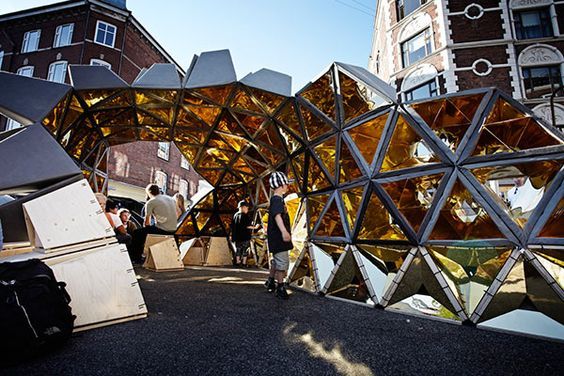
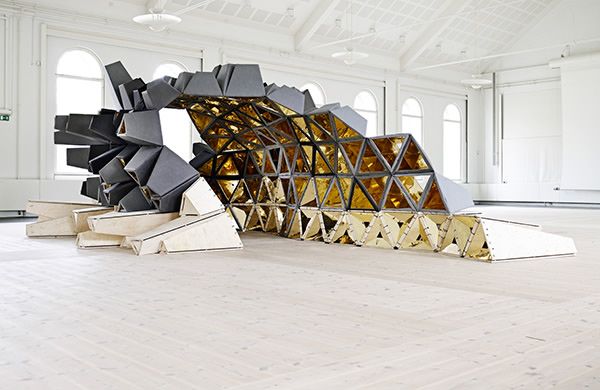
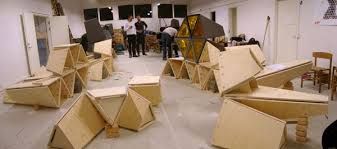
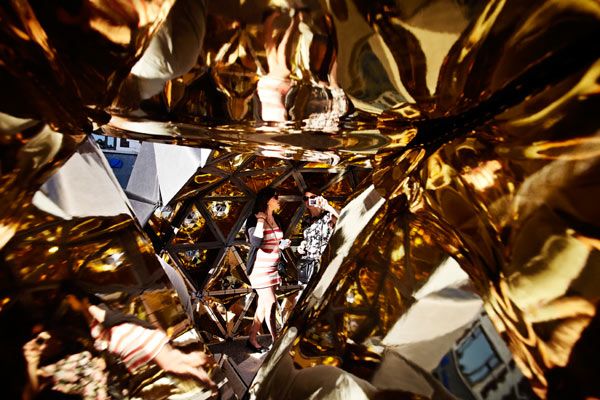
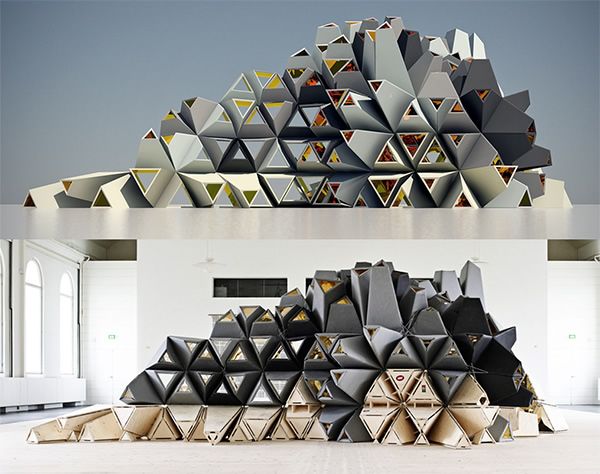
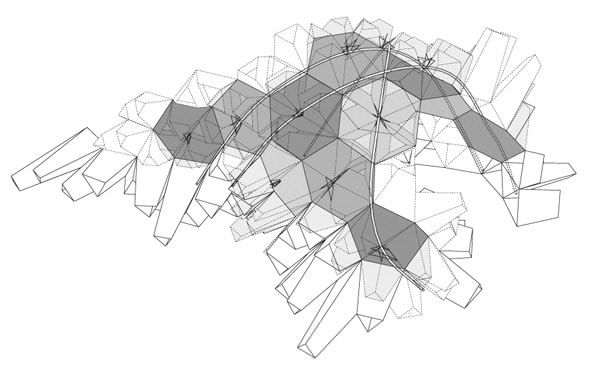
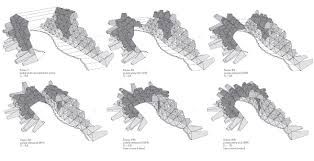
Courtesy of CITA


